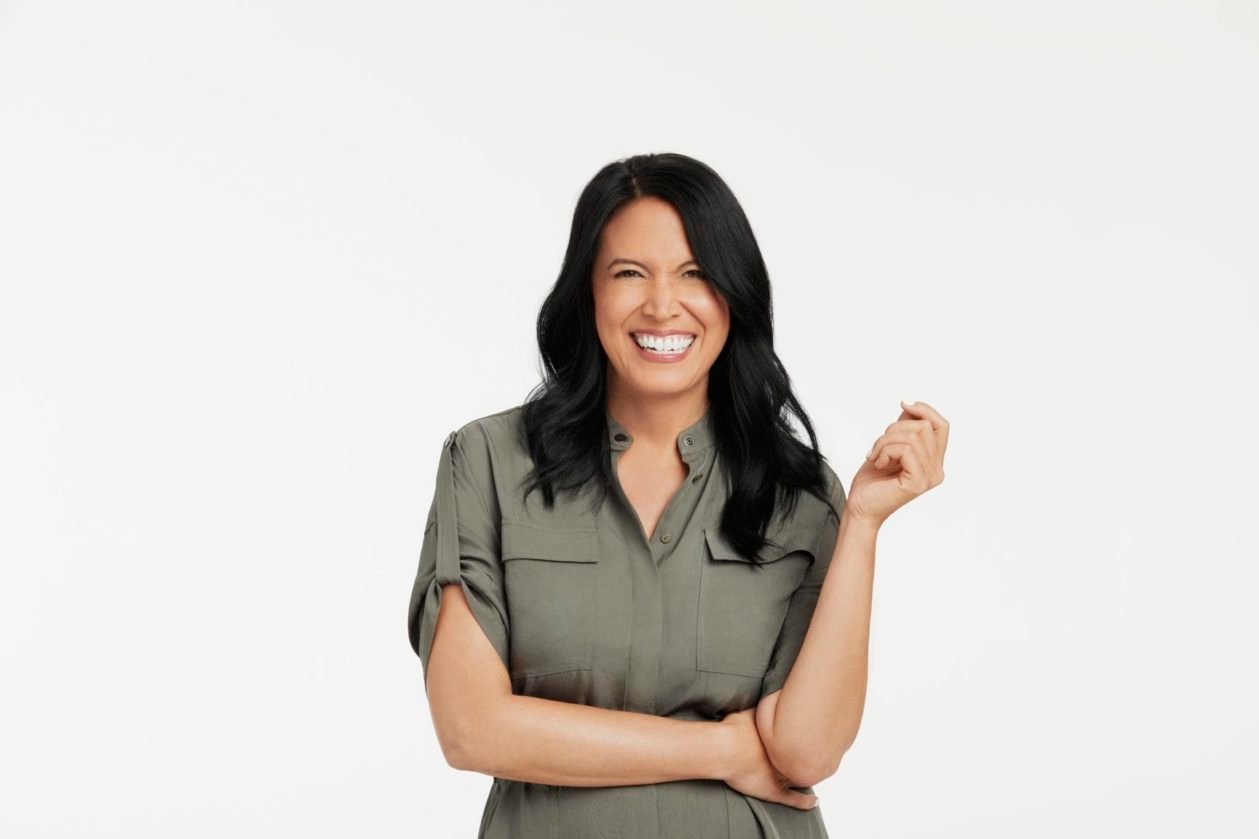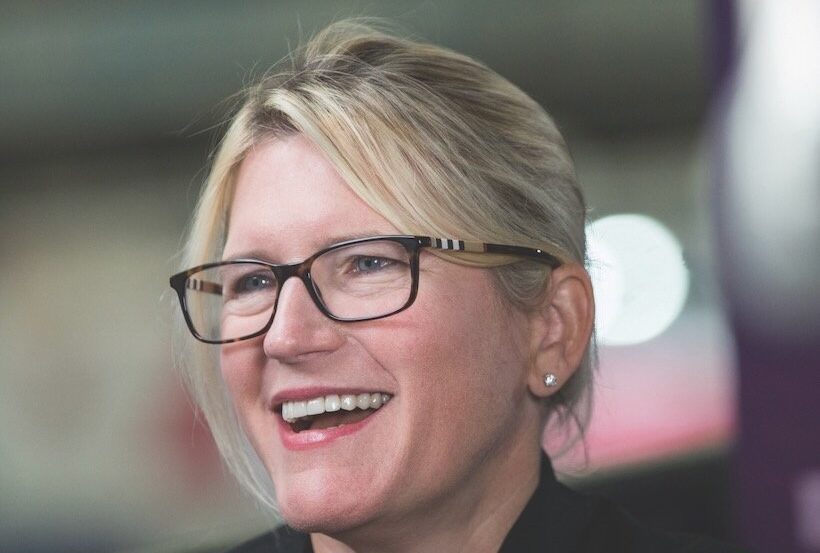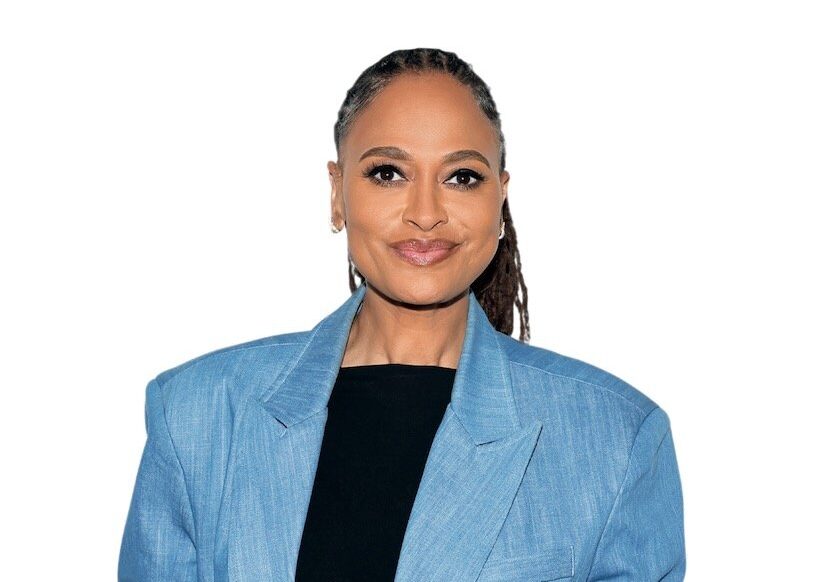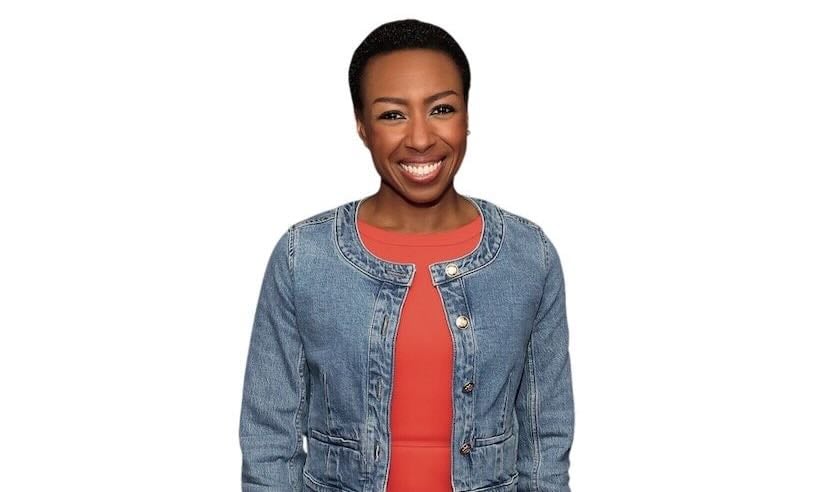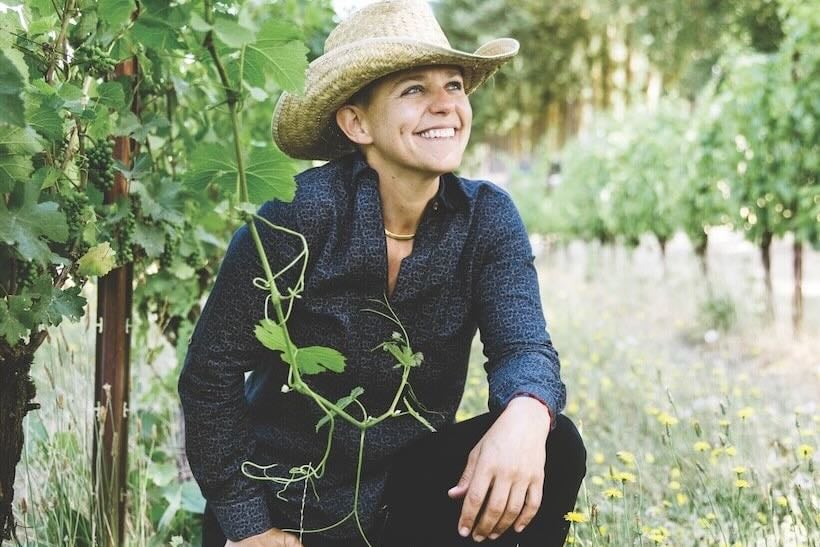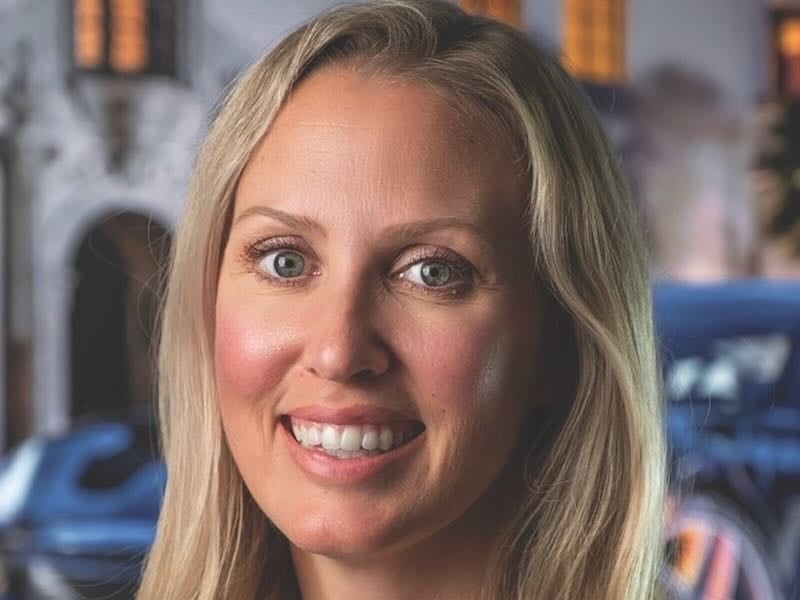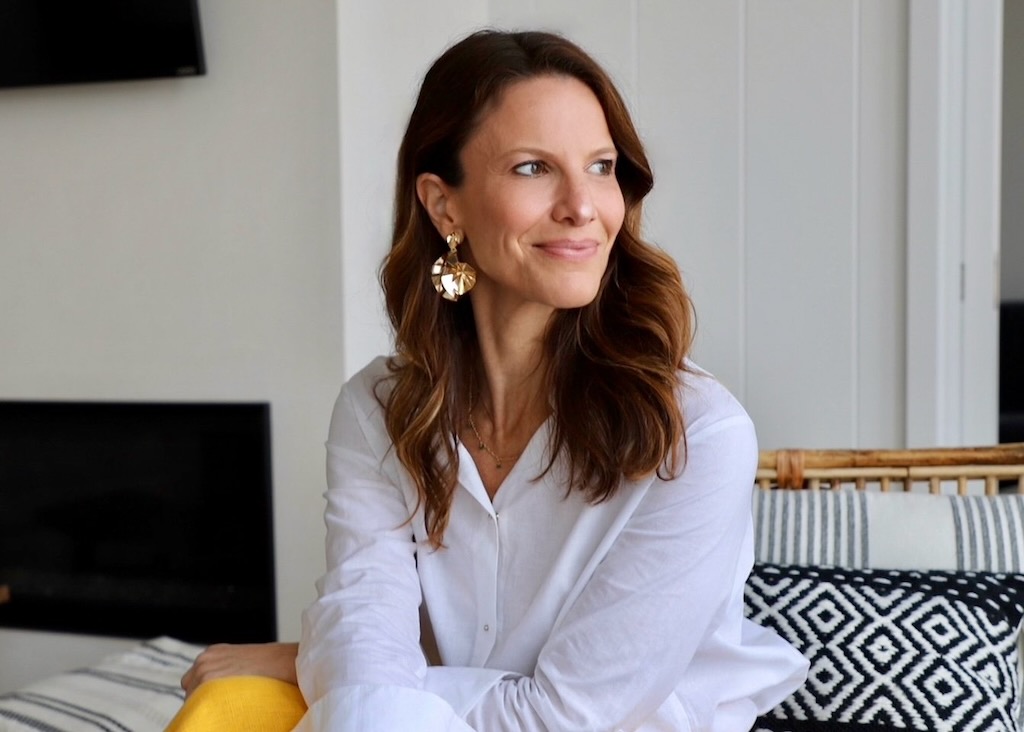Until recently, there were only two known essential fatty acids—omega-3 and omega-6, both discovered in 1929. That was until 2015, when Dr. Stephanie Venn-Watson discovered C15:0 as an essential fatty acid—almost 90 years after the last fatty acid discovery—while working with the Navy’s dolphins.
Venn-Watson is a veterinary epidemiologist who also holds a master’s degree in public health. She initially considered enrolling in medical school because of her interest in becoming an epidemiologist, but after a mentor of hers suggested studying all sorts of different animals to best understand diseases, she decided to go to veterinary school. She then went on to work as a veterinary epidemiologist at the CDC and WHO, followed by a position with the Navy to help improve the health and welfare of their dolphins. This ultimately led her to her current role as cofounder and CEO of Seraphina Therapeutics and Epitracker.

“In the end my mentor was right and having this wider lens on how looking at how similar diseases manifest themselves across different animals has proved to be for us invaluable to understanding how we can improve global health,” Venn-Watson says.
In her work with dolphins, she began noticing that, despite the fact that the dolphins were all living in the same conditions, some would contract certain diseases as they aged, while others wouldn’t. Curious as to why this was occurring, she began looking into it, which led her team to discover a series of promising molecules.
“We found which small molecules in the dolphins’ blood, also present in us, predicted dolphins that didn’t get these diseases,” she said. “So long story short, we discovered about 100 molecules that looked really promising. And what came to the top, or the first one we’re introducing, was C15:0. When we moved it to the lab, and we did studies for three years, we looked at all of the different odd chain fatty acids and found C15:0 really as a Goldilocks odd chain saturated fatty acid that had multiple direct activity and efficacy, including it lowered inflammation, fibrosis, cholesterol and glucose and eased and attenuated anemia and liver disease in the lab, so we were really excited to have this discovery come out.”

A growing body of scientific evidence now supports that C15:0 can be very beneficial for our health, especially in terms of quelling age-related diseases. But what is a fatty acid exactly?
“So, fatty acids are different types of fats…we get a lot of them from our foods,” Venn-Watson explains. “And when we eat them, they go to lots of important things in our bodies, but one of the things they do is they go into our cell membrane, and remember from our science classes, the lipid bilayer around our cells. And so, the lipids have fatty acids in them. And what’s amazing is that every cell in our body, the membrane around our cell is made up of the dietary fats that we eat. So, this with regard to dietary fatty acids, we’re quite literally, we are what we eat with regard to the membrane. So, that’s what fatty acids are, a basic idea that has to do with cellular membrane stability and signaling in the cells and between the cells, but they also help to activate receptors that are present throughout our bodies and brains that regulate our metabolism, immunity, mood, appetite and sleep. So, fatty acids are really important; they do a lot of good things, and most of them, a lot of them, come from our diet.”
As such, essential fatty acids aren’t produced in our bodies, so we must consume them from an outside source. Dolphins, for example, get their C15:0 from fish. But the Navy’s dolphins, like humans, Venn-Watson found, have developed a C15:0 deficiency due to evolving diets.
“It ended up that [the dolphins] were actually eating a diet of types of fish that didn’t have a lot of C15:0 in it,” she says. “So, some of them had kind of become, what we are now understanding as, C15:0 deficient. It ends up the same thing has happened with us; instead of us getting it primarily from fish—because it’s in the skin and the heads, which is not the parts of fish most of us eat—we get it primarily from butter and whole-fat dairy. So, in the past 40 years, we’ve removed these foods where we get most of our C15:0 from, you know, we’ve removed it from our diet for the purpose of improving our health. But now our hypothesis is that we’ve accidentally created C15:0 deficiencies in people just like what happened with the dolphins, which is potentially contributing to this rise in type two diabetes, heart disease and liver disease and obesity, as various diseases we were trying to treat in the first place with these original food recommendations from 1977.”
Knowing this, Venn-Watson and her husband Eric, a Navy physician, cofounded Seraphina Therapeutics, which just launched fatty15, the world’s first vegan-friendly and pure powder C15:0 supplement. But originally, the Venn-Watsons and their team had intended for C15:0 to debut as a prescription drug.
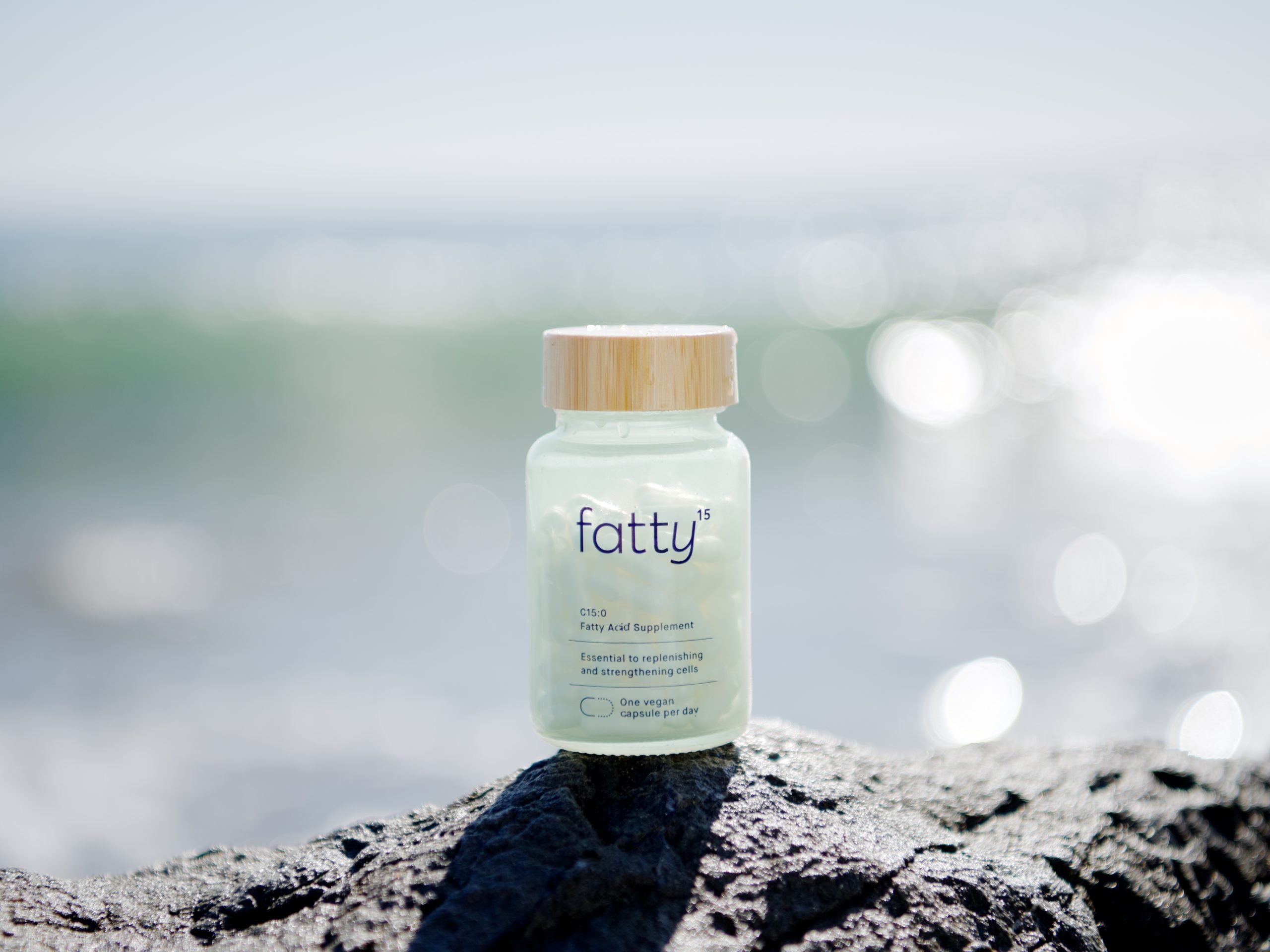
“We came to realize that we were sitting on a really important discovery. And if you could imagine going back to 1929, when omega-3 and omega-6 were discovered as essential fatty acids, knowing today of how they’re made, as supplements, food ingredients, fortifiers and even prescription therapeutics…we sat around the table and said, ‘we have a lot of work to do, where do we go from here? What’s the best path?’ And so, we initially thought because it looks so promising in the lab and we have these encouraging large scale epidemiological studies of humans, that we would move forward with C15:0 as a prescription therapeutic to treat things like what’s called fatty liver disease or chronic anemia. And we were looking at that. And then COVID hit. And a lot of the news was coming out about people who are older and populations that are obese and have type two diabetes and all these conditions we were looking at that they’re more susceptible to more severe disease. And we decided this needed to come out as a supplement first, that it takes years to develop the prescription drug route, and we still plan on going down that road, as long as the clinical data supports, and we said let’s just pivot, which we were able to do quickly and get this out to the public.”
And while Seraphina Therapeutics pulled in $6.2 million in Series A fundraising, Venn-Watson says it wasn’t a cake walk.
“You can imagine walking into a room of VCs as a female dolphin veterinarian making a discovery of a saturated fat that’s good for you,” she says laughing. “We knew that we didn’t have the option of relying on [an] exciting discovery that could improve global health. So instead what we did was we really went into stealth mode for three years to build the team’s expertise, the data, published in peer reviewed science [journals], so that when 2020 came, we could enter the room with the near indisputable data that our now developed products would improve global health.”
While only offering the fatty15 supplement right now, Seraphina Therapeutics intends to release more products, including releasing C15:0 as a food ingredient (FA15TM) later this year that can be incorporated into various foods, including nondairy milks. In addition to that, Seraphina Therapeutics is dedicated to providing not only global health benefits, but also being able to provide its products to consumers in the most sustainable way possible.
“I’m very proud of the way our company is dedicated to improving global health. Being able to make a discovery where we have the potential to replenish C15:0 levels globally, to help stem the tide on the global rise in type two diabetes and heart disease, obesity and liver disease. When we talk about global health, it’s not just people but dolphin and animal health, right, so we’re very proud of that, and now our latest layer that we hold it on is to help protect the shared world we live in. So when we put together the brand and the packaging, we made a conscious decision that for every piece and part of how we get fatty15 out to the world will be environmentally friendly…we use a glass bottle with a bamboo top that gets refilled…[the] supplement industry’s fraught with throwaway plastics, so we said, ‘well, we’ll send our consumer a glass bottle with a bamboo top, and then every 90 days we send them refills and recyclable pouches, and they just refill their bottles, so they don’t have to throw away plastics, and every part of our packaging down to the tape we use to close the box is all as eco-friendly as possible, so we’re very proud of taking that on as part of our M.O.”
As for the future, Venn-Watson and her team had discovered about 100 molecules naturally present in the serum of both dolphins and humans, that looked like they could protect against the onset of aging-related diseases, so it is very possible we will see more to come from her team. But presently, this discovery of a new essential fatty acid is incredibly remarkable.
“There are very specific criteria to meet to be an essential fatty acid, which is why only two had been discovered by 1929,” Venn-Watson says. “Amazingly, we have 90 more years of technology, so it’s actually surprising. Given these advances in technology, I don’t think C15:0 will be the last essential fatty acid or essential micronutrient to be discovered.”

